According to CEO Amin Nasser, Saudi Aramco, the world's largest oil firm, made a profit of nearly $50 billion. Nasser announced full-year results for 2020, a year in which global oil prices plummeted as demand was affected by the pandemic, and said net income was $49 billion, “one of the highest earnings of any public company globally.”
According to Nasser, the company "demonstrated strong financial resilience in one of the industry's most difficult years. Sales were affected by lower crude oil prices and volumes sold, and weakened by refining and chemicals margins."
Aramco earned $88.2 billion in net profits in 2019, before oil prices plummeted and members of the OPEC+ alliance, including Saudi Arabia, reduced production because of the declining demand.
Despite the decline in earnings, Aramco delivered on its commitment to pay $75 billion in dividends to shareholders.
“We have announced $75 billion. We have no plans to declare any additional dividends above $75 billion this year. These are still reviewed by the board and must be accepted by the board,” he explained.
He said capital spending will reduce to $35 billion in 2021, down from a previous forecast of $54 billion. As the global economy is improving, Aramco's CEO expressed that energy demand will rebound. Nasser continued, "We expect increased oil demand in 2021," implying that global crude demand will return to pre-pandemic levels of about 100 million barrels per day next year.
“Looking forward at the long-term plan to maximize the oil and gas portfolio, and we are noticing an increasing demand in Asia, as the macro environment improves. We remain optimistic that we will emerge stronger after this pandemic,” Nasser said.
Demand in Europe, which is grappling with a third wave of coronavirus infections and new lockdowns, is lagging behind demand in Asia and the US.
When asked about the impact of recent attacks on Saudi Arabian facilities on Aramco's business, Nasser said that safety is the company's top priority, and the Saudi government has been successfully preventing attacks from reaching the Kingdom. “We are capable of bringing the facility back online in every scenario,” he said, referring to an assault last week on a facility in Riyadh that resulted in a small fire that was quickly put out with no effect on supply.
In 2020, Aramco set two records: the highest single day of production of 12.1 million barrels in April after the OPEC+ cuts were temporarily abandoned, and a daily high of 10.7 billion cubic feet for gas production. Aramco will further borrow more capital, to help fund the $70 billion purchase of SABIC, which is a major ambition to develop its downstream market. In 2020, cash flow from operating activities was $76 billion, while free cash flow was $49 billion.
Aramco's foreign bond issuance in the fourth quarter set a new high for a 50-year tranche, with ten times higher demand.
“The organization could transform the spending and concentrated on high-return opportunities because of the flexible capital program and conservative financial management. Capital expenditure in 2020 was $27 billion, marking a substantial decrease from capital expenditure of $33 billion in 2019.
Aramco stressed its activities in the area of cleaner energy. To produce more electricity with fewer emissions, technology and innovations are important. Aramco continued to make strides in cutting-edge technology in 2020, receiving a business-record of 683 US patents, which is highest in the industry.
In 2020, Aramco had one of the lowest upstream carbon footprints in the sector, with an average carbon intensity of 10.5 kilograms of CO2 per barrel of oil equivalent. Upstream methane intensity was estimated to be 0.06 percent by the company. These successes are the outcome of the company's reservoir management and development policy.
Because of its size, infrastructure, low costs, and low upstream carbon intensity, the company is well placed to profit from hydrogen innovations. The conversion of hydrocarbons to hydrogen and then to ammonia while capturing the CO2 produced during the process is one promising region. Aramco announced in August that it had shipped the world's first shipment of high-grade blue ammonia to Japan for use in zero-carbon power generation, marking a major move toward long-term hydrogen use.
Aramco's stock rose 0.57 percent to SR35.40 ($9.44) on the Tadawul exchange in Riyadh, making it the best-performing listed oil company stock during the pandemic. In this tough year, Nasser paid tribute to the Aramco workers. “Our excellent success during those trying times was due to our employee’s unwavering spirit and determination, who set operational milestones and managed to meet the world's energy needs safely and reliably.”
























 ENG
ENG








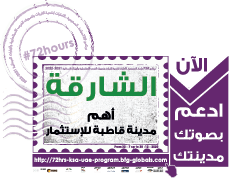




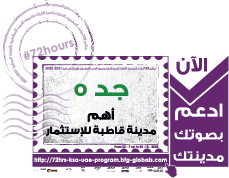
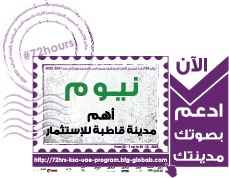













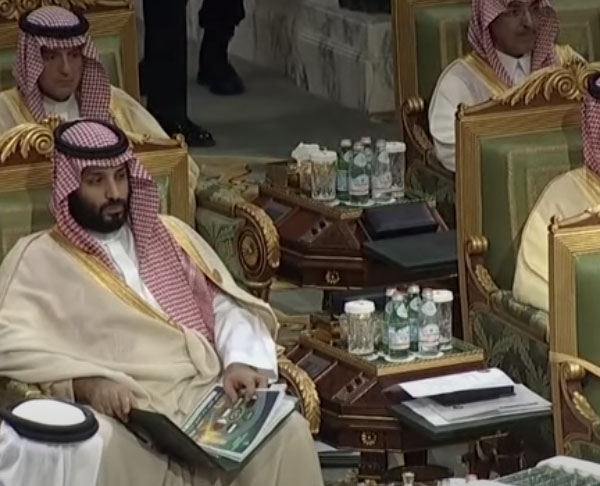


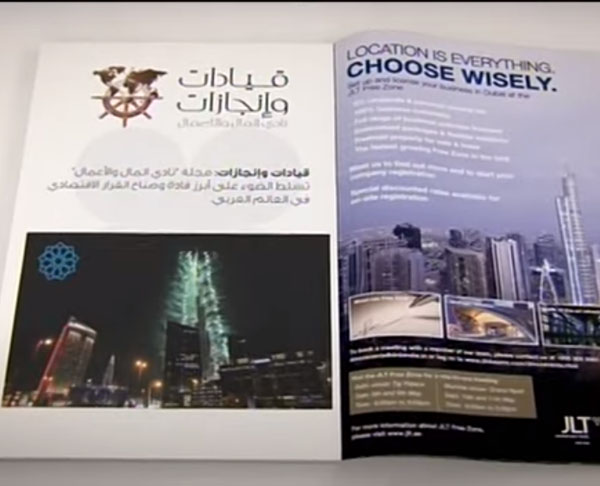
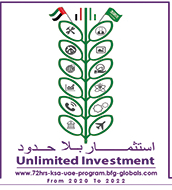

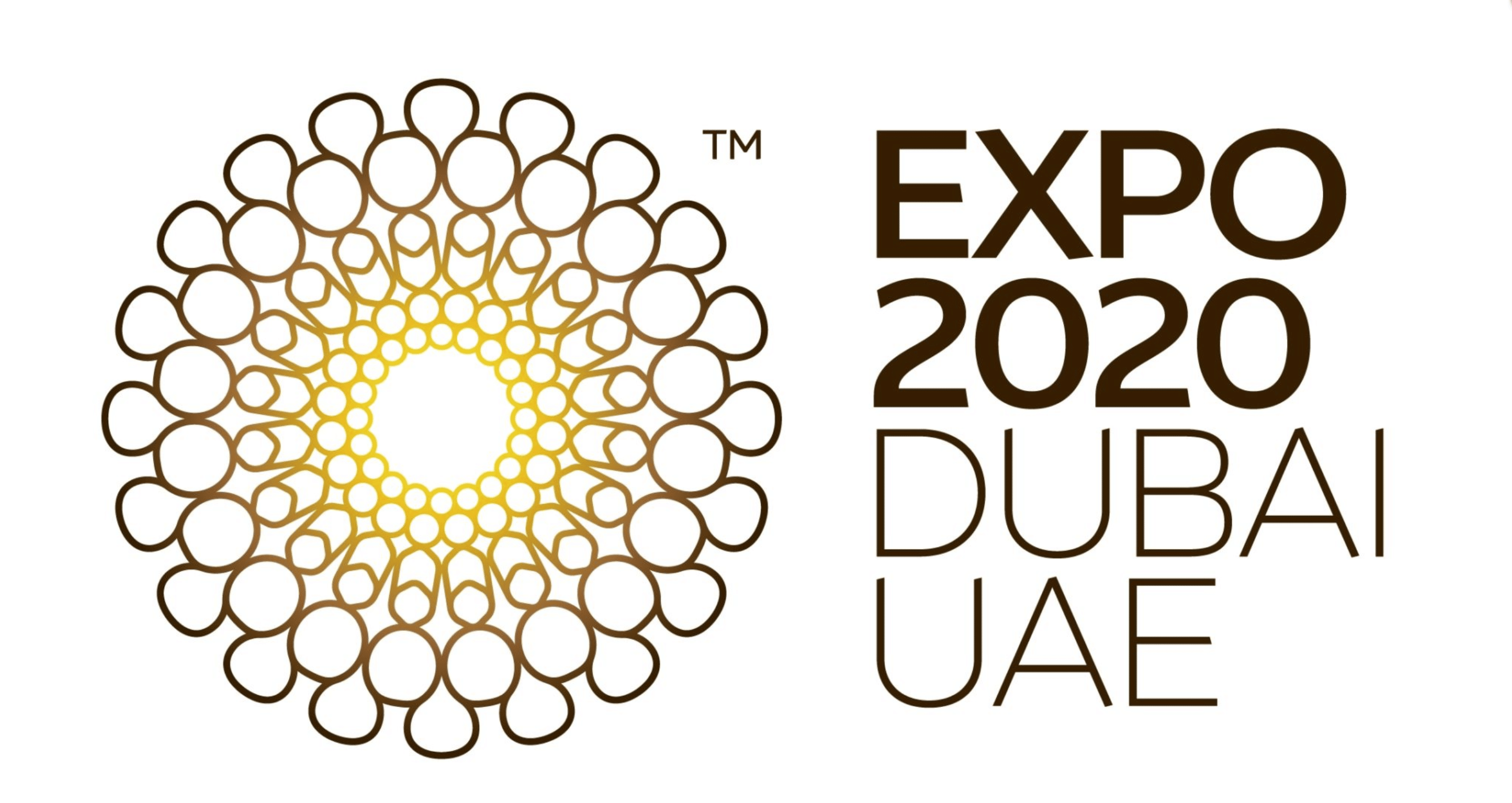

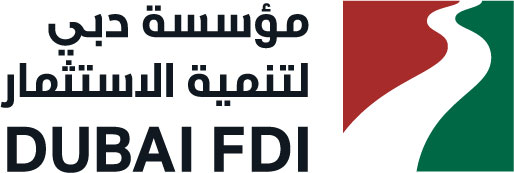

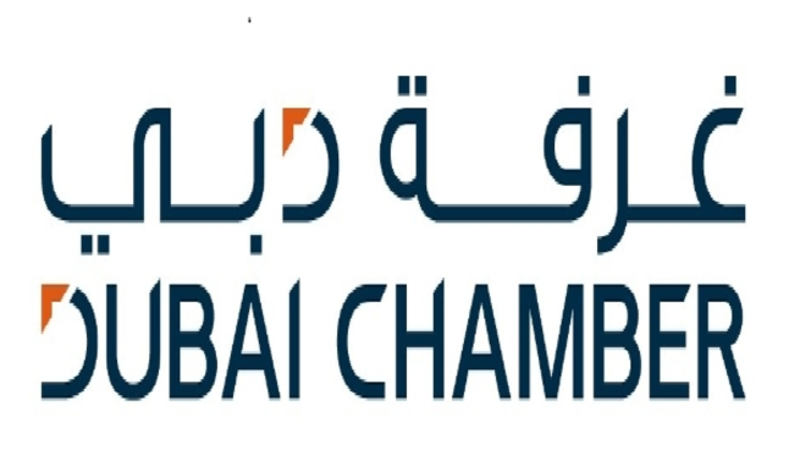
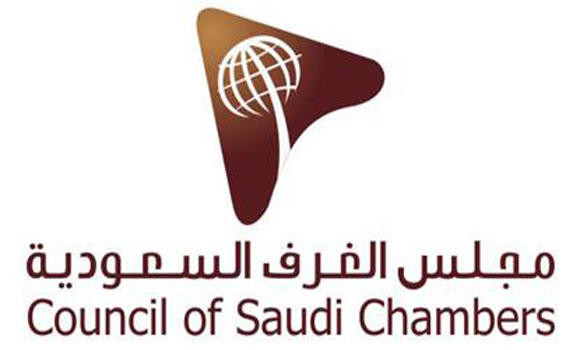


















تواصل معنا